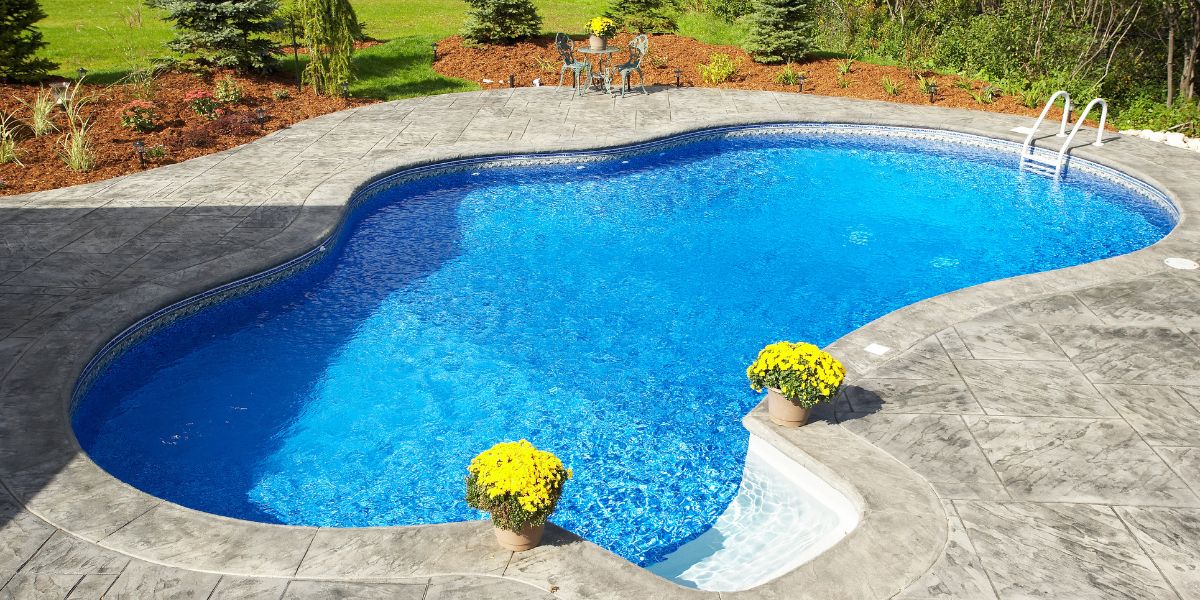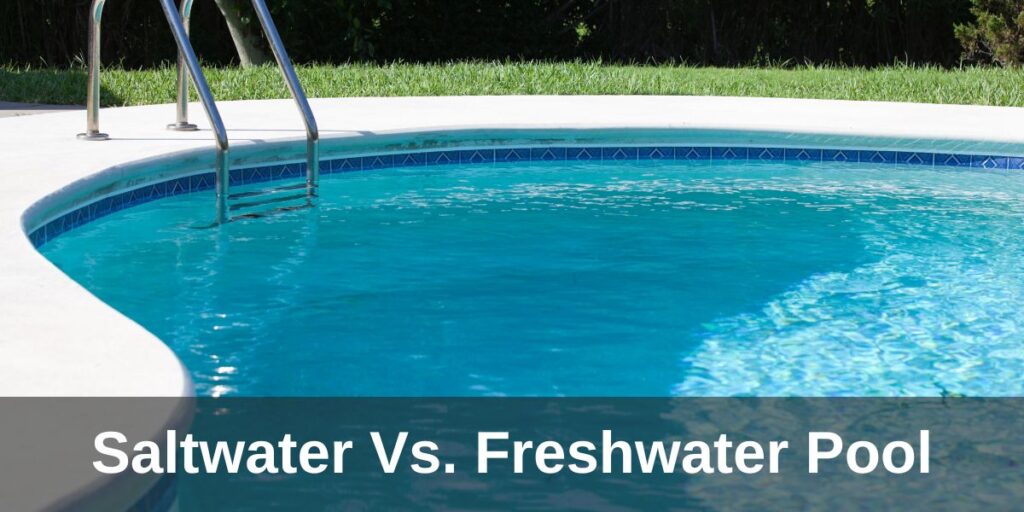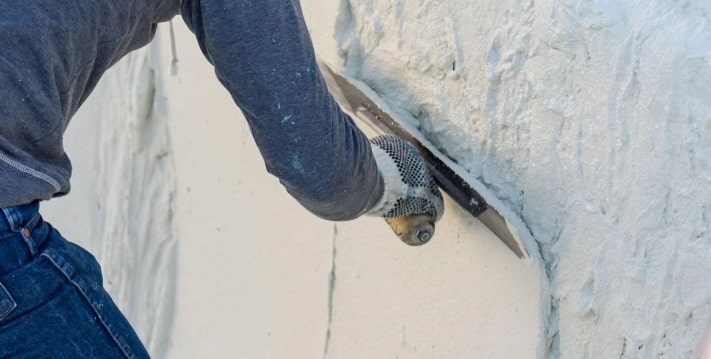Maintaining a swimming pool requires attention to various chemical levels to ensure the water is safe and clean. One such chemical concern is phosphates, which can significantly impact water quality. This article delves into why phosphates matter in pool maintenance, how to check phosphate levels in pool, and effective strategies for managing these levels. Whether you’re a pool owner or a maintenance professional, understanding how to test for phosphates in pool water is crucial for keeping your pool in top condition.
What are Phosphates in a Pool?
Phosphates (PO4) are chemical compounds containing the element phosphorus, and they are a critical nutrient for plant growth. In swimming pools, phosphates can enter through various sources such as decaying plant matter, runoff from gardens and lawns, fertilizers, and even from some pool chemicals.
The Role of Phosphates in Promoting Algae Growth
Algae thrive in environments where nutrients are plentiful, and phosphates are one of the key nutrients that can promote algae blooms in pool water. While phosphates themselves are not harmful to humans, their presence in high levels can create a fertile environment for algae to flourish.
This not only makes the pool look unappealing but can also clog filters and reduce the effectiveness of pool sanitizers. Understanding how to check phosphate levels in your pool is crucial for maintaining water quality and preventing algae problems.
Also Read: How to Increase Free Chlorine in Pool?
How to Test for Phosphates in Pool?

Testing for phosphates is an essential part of pool maintenance that should be done regularly to prevent algae growth and maintain a healthy swimming environment. Here’s a detailed guide on how to check phosphate levels in pool water:
Step 1: Choose the Right Phosphate Test Kit
There are several types of phosphate test kits available, including test strips, liquid reagent kits, and digital meters.
Test Strips:
These are the simplest form of test kits available. They provide a quick and easy way to check phosphate levels but are generally less accurate than other methods.
Liquid Test Kits:
These kits involve adding a reagent to a water sample and comparing the color change to a color chart. They are more accurate than test strips and are a popular choice among pool owners.
Digital Testers:
The most accurate and easiest to read, digital testers give a direct digital readout of phosphate levels. They are, however, more expensive than the other types of test kits.
Step 2: Collecting the Water Sample
When testing for phosphates, ensure the water sample is collected from the middle of the pool, away from skimmers and returns, and at elbow depth. This helps in getting a representative sample of the pool water.
Step 3: Conducting the Test
Follow the instructions specific to your test kit. For test strips, dip the strip in the water sample for the time specified in the instructions, then compare the color change to the chart provided. For liquid reagent kits, add the specified drops to the water sample, shake the mixture, and wait for a color change. Digital meters will provide a reading after the probes are placed in the water sample.
Step 4: Interpreting the Results
The results are generally given in parts per billion (ppb). A phosphate level higher than 100 ppb is typically considered high and can promote algae growth. It’s important to conduct these tests regularly since phosphate levels can rise quickly.
Step 5: Regular Monitoring
Regular testing is advised, especially during the swimming season. High nutrient levels can lead to rapid algae growth, making regular monitoring essential to maintain a clean and healthy pool.
Tips for Accurate Phosphates Testing in a Pool

Testing for phosphates in your pool is crucial for maintaining water quality and preventing algae growth. Here are some detailed tips to ensure you get accurate results:
Choose the Right Test Kit: Opt for reliable phosphate test kits from trusted manufacturers. Digital test kits are particularly precise, though colorimetric kits can also be effective if used properly.
Proper Sampling Technique: Always take water samples from at least 12 inches below the surface and away from the pool’s edges. This helps avoid contamination from oils, debris, and chemicals that may skew the test results.
Follow Kit Instructions Carefully: Adhere strictly to the instructions provided with your test kit. Timing, reagent amounts, and reading the results must be executed as per the guidelines.
Regular Testing: Phosphate levels can fluctuate rapidly. Test regularly, ideally weekly, to monitor and maintain optimal levels.
Control Runoff: Prevent garden fertilizers, which often contain phosphates, from washing into your pool. This can be a significant source of phosphate contamination.
Treat High Levels Promptly: If tests show high phosphate levels, use a phosphate remover recommended for pools. Follow up with retesting to ensure the treatment was effective.
By following these tips, you can accurately monitor and manage the phosphate levels in your pool, ensuring a clean and healthy swimming environment.
Some Common Mistakes to Avoid
- Not rinsing the test container with pool water before collecting the sample.
- Using expired or old test kits that may give inaccurate readings.
- Not waiting the recommended time before reading the results.
How to Remove High Phosphate Levels in a Pool?
Managing phosphate levels in a pool is key to preventing algae growth and maintaining a healthy swimming environment. Here are some strategies for reducing high phosphate levels.
- Regularly clean the pool and skimmer baskets to remove debris and leaves.
- Use landscaping and pool covers to minimize the introduction of external contaminants.
- Regularly check and maintain pool filtration systems to ensure they are functioning efficiently.
Treatment Options for Reducing Phosphates
| Treatment Method | Description | Benefits | Considerations |
| #1. Chemical Removers | Chemical products specifically designed to reduce phosphate levels. | Fast and effective at reducing phosphates. | Regular monitoring required to maintain effectiveness. May need multiple applications. |
| #2. Enzymatic Cleaners | Enzymes that break down phosphates naturally. | Eco-friendly and gentle on pool systems. | Slower acting than chemical treatments. May require consistent use. |
| #3. Pool Maintenance | Regular cleaning and filtering to remove debris and contaminants. | Prevents phosphate accumulation from organic matter. | Needs consistent effort and regular pool care schedule. |
| #4. Water Replacement | Partially or fully replacing pool water. | Directly reduces phosphate levels by dilution. | Can be costly and water-intensive. Not a permanent solution. |
| #5. Phosphate-absorbing Media | Products like phosphate-absorbing filters or media. | Can be integrated into existing filtration systems. | Initial setup cost and periodic replacement needed. |
Final Takeaways
Understanding how to test for phosphates in pool water and managing their levels is essential for maintaining a healthy, clear, and algae-free pool. By following the correct testing procedures and implementing preventive and treatment strategies, you can ensure your pool remains a refreshing oasis for all to enjoy. Remember, consistent maintenance is key to preventing phosphate buildup and the challenges it presents.
At Cutters Pools, your premier swimming pool contractor in Austin, Texas, we provide top-notch construction and maintenance services. Say goodbye to algae woes with our specialized phosphate removal solutions. Let us keep your pool pristine and inviting all year round. Contact us today to schedule a consultation and elevate your pool experience with Cutters Pools.
Frequently Asked Questions
Q.1 How to Check Phosphate Level in Pool?
To test phosphate levels in a pool, you can use a phosphate test kit, which typically includes test strips or a liquid reagent. Simply collect a water sample from the pool, apply the test solution or dip the strip, and compare the resulting color to a chart to determine the phosphate concentration.
Q.2 What are signs of phosphates in a pool?
Signs of high phosphates in a pool include cloudy water, algae growth, and difficulty maintaining chlorine levels. High phosphates can provide nutrients for algae, leading to blooms even when sanitizer levels are adequate. Regular testing and treatment are recommended to manage phosphate levels and prevent algae issues.
Q.3 How do I get rid of high phosphates in my pool?
To eliminate high phosphates in your pool, use a phosphate remover product, which binds to the phosphates, making them large enough to be filtered out. Follow product instructions for dosage based on your pool’s phosphate levels. Regularly clean your filter and maintain balanced pool chemistry to prevent recurrence.
Q.4 Does draining a pool remove phosphates?
Draining a pool can reduce phosphate levels by removing water containing phosphates. However, it is not a complete solution as phosphates can persist in the pool’s environment. Addressing the source of phosphates and using a specific phosphate remover is more effective for long-term management.
Q.5 How do I lower phosphates in my pool naturally?
To naturally lower phosphates in your pool, maintain good water balance, clean the filter regularly, and remove organic debris like leaves and insects promptly. Limiting fertilizer runoff and using phosphate-absorbing plants around your pool can also help reduce phosphate levels indirectly.



